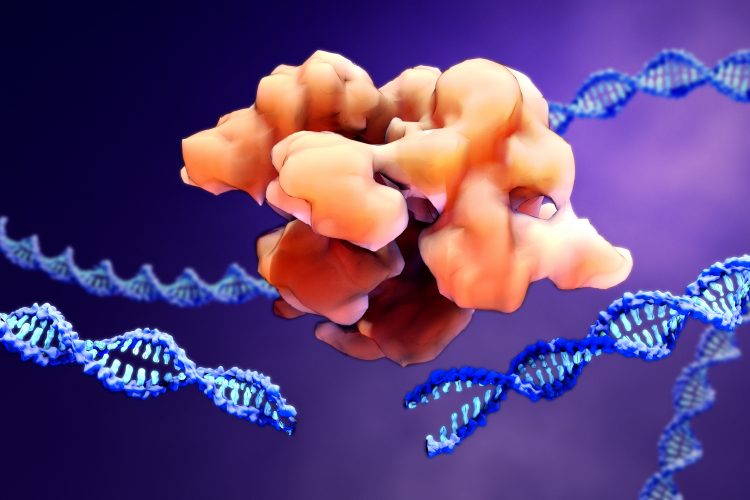CRISPR-Cas9-based gene dropout screens: a powerful platform for drug discovery
Posted: 23 September 2021 | Dr Pushpanathan Muthuirulan (Harvard University) | No comments yet
CRISPR holds great promise in advancing pharmacological research and has fuelled the rapid expansion of using gene-edited cells for drug discovery processes. CRISPR-Cas9 dropout screens have emerged as a useful tool for high-throughput large-scale loss-of-function screens, which seek to identify the relationship between genotype and phenotype. Dr Pushpanathan Muthuirulan, Research Associate at Harvard University, explores why researchers will adopt this CRISPR technology to address some of the pressing unanswered questions related to disease pathobiology and how it will aid the development of new drugs.


Uncovering the links between genes and their biological functions helps researchers to understand disease biology and develop new drugs or improve existing drugs to stop/reverse the effects of diseases. Many drugs are discovered and tested every year to find potential beneficial effects against numerous diseases. At the early stage of drug discovery, thousands of compounds are considered as potential candidates for development as medical treatments; however, after early testing and functional validation, only a small fraction of compounds are suitable for further study. As a result, the process of researching and developing new drugs with advantageous effects to treat diseases in human subjects is continuously expanding in difficulty and time.1
Related topics
CRISPR, DNA, Drug Targets, Gene testing, Gene Therapy, Genetic analysis, Genome editing, Genomics, Molecular Targets, Protein, RNAs, Target molecule, Targets, Technology
Related conditions
Breast cancer, Pancreatic cancer
Related organisations
GenScript, Harvard University, The National Institutes of Health, Thermo Fisher Scientific


